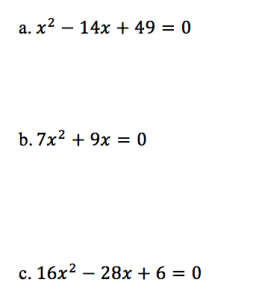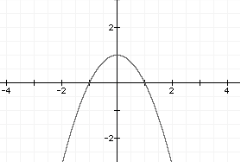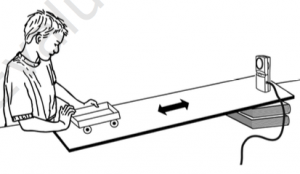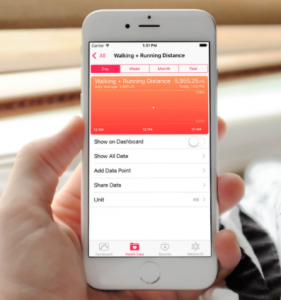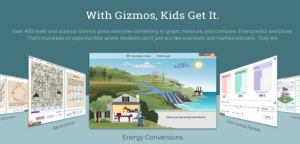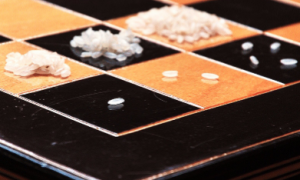
In a small village in China there was a peasant girl who was in the right place, at the right time and she ended up saving the life of the Emperor. The Emperor was so grateful to the girls that he told her she could have any reward she desired. This particular girl also happened to be an excellent chess player and she made the following request.
“I would like you to place one grain of rice on the first square of a chessboard. Two grains of rice on the second square, four on the third square, eight on the fourth square, and so on, until you have covered all 64 squares. Each square should have twice as many grains of rice as the previous square.”
The king thought, no problem, a few grains of rice is no great loss for the kingdom. So he asked the girl, are you sure you don’t want something a little more valuable? But the peasant girl insisted, no this is plenty.
How many grains of rice would the king be giving the peasant girl by the time all the squares are filled?
Can you write an equation to represent this scenario?
CCSS.MATH.CONTENT.HSF.LE.A.1.C
Recognize situations in which a quantity grows or decays by a constant percent rate per unit interval relative to another.
CCSS.MATH.PRACTICE.MP4
Model with mathematics.
This lesson is very engaging because it starts off with a folktale which can grab the student’s attention. This lesson can also be even more engaging by actually bringing in chessboards and rice and have the students model this activity until they get to the point where they realize, they don’t have enough room on the board to fit all of the rice. At this point the students should also be able to recognize that this is representing an exponential function and they can be challenged even further by trying to write a function to represent the scenario.

